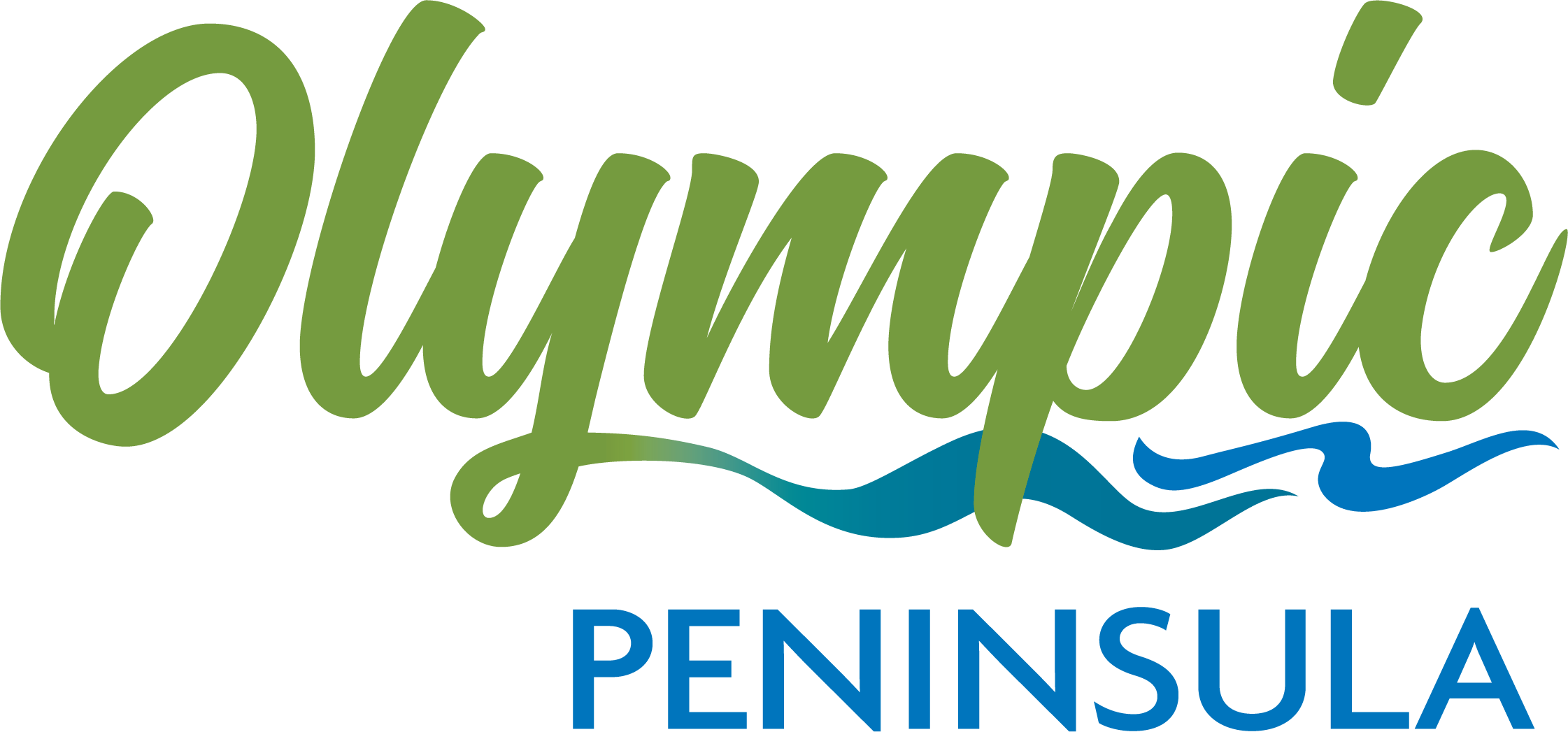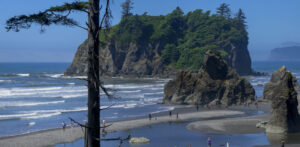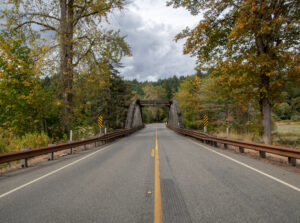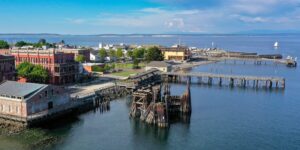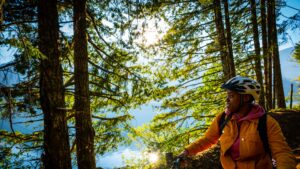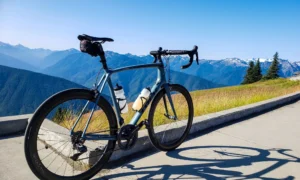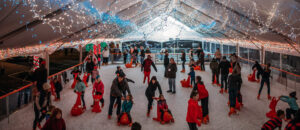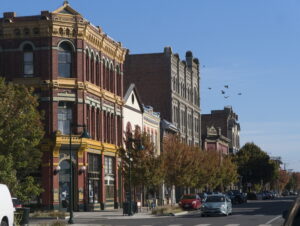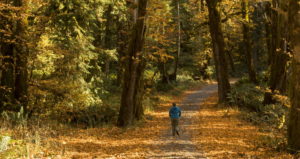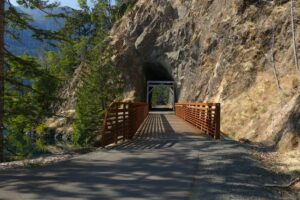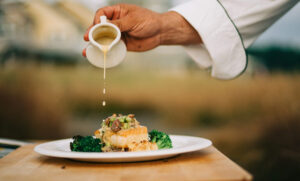Tucked between Puget Sound and the Olympic Mountains, you’ll find a natural glacier-carved saltwater fjord spanning more than 60 miles long.
Hood Canal is home to quaint towns, world-class recreation, wild-caught fare and lively events for all. And if that sounds like a little too much, solitude seekers will find plenty of out-of-the-way places to disconnect and reconnect with friends, family and nature.
Shaped like a giant fish hook weaving beneath the Olympics, the 200 miles of Hood Canal shoreline are sure to catch your imagination and reel in memories for years to come. A sports-fishing mecca and a favorite of foodies, Hood Canal is replete with shellfish, shrimp, crab and salmon. Divers give the region high marks and marvel at the waterway’s one-of-a-kind underwater biomes.
Several rivers and hundreds of easy-to-access freshwater lakes are ideal for kayaking, boating, water skiing, fishing, or splashing with the kiddos. Revel in waterfall views, especially in the spring when snow-melt provides a glorious, cascading show. Don’t miss Hamma Hamma Falls just six miles from Highway 101. This spectacular two-tiered waterfall features great hikes and river access.
All the fun doesn’t happen on the water though. The Hood Canal area offers miles of hiking trails that lace the Olympic Mountain wilderness, leading from mountain stream beds through old growth forest to high-altitude ridge lines with breathtaking panoramic views of Hood Canal and beyond. If you’re looking to log some miles on two wheels, Hood Canal is the place to don your helmet and clip in. There’s no shortage of picturesque roads and trails to explore.
You’ll also find six highly-rated destination golf courses complete with lush fairways, pristine greens and jaw-dropping views.
It’s tough to pick the perfect season to visit. The Hood Canal is ablaze with wildflowers in the spring, and home to hidden swimming holes in the summer, spawning salmon in the fall and snow-capped peaks in the winter. In other words, you just can’t go wrong.
